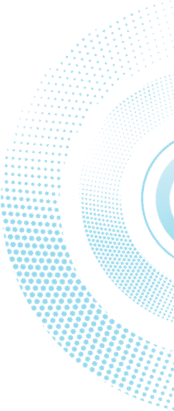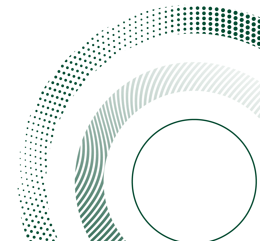Data Science applications in Neuroscience- Seminar
Course: 275021
Data Science applications in Neuroscience
Izhar Bar-Gad
Seminar
First Semester Scope of hours: 2 academic hours (1 credit point)
Course Goals:
The seminar will introduce the frontiers of the scientific research which applies data science approaches to the processing of data related to neuroscience. The seminar will handle the different sub-fields of neuroscience in which data science approaches have been implemented and will discuss recent developments in those fields.
Course content:
The applications of data science will be grouped into several neuroscience sub-fields:
- Time series analysis of continuous signals derived from physiological, such as EEG (electroencephalography) and behavioral, such as accelerometer, data.
- Image processing of structural data on multiple scales ranging from EM (electron microscope) to MRI (Magnetic resonance imaging).
- Image processing of functional data, primarily fMRI.
- Natural language processing (NLP) usage in linguistics and cognitive psychology.
- Massive spike train analysis from sources such as calcium imaging and multi-electrode arrays.
- Behavior analysis from video streams.
Teaching plan:
The seminar will include an introductory lecture followed by field-specific lecture by the lecturers which will be accompanied by presentation of manuscripts related to the sub-fields by the students.
Detailed weekly program:
|
מס' השיעור |
נושא השיעור |
קריאה נדרשת |
הערות |
|
1 |
Introduction |
|
Izhar Bar-Gad |
|
2-3 |
Time series analysis of physiological continuous signals derived |
|
Elana Zion-Golombic |
|
4-6 |
Image processing of structural and functional data |
|
Gal Chechik |
|
7-8 |
Natural Language Processing |
|
Michal Ben Shahar |
|
9-10 |
Massive spike train analysis |
|
Gal Chechik |
|
11-13 |
Behavior analysis from video streams |
|
Izhar Bar-Gad |
Prerequisites
First year courses of the Brain Sciences – Data science track courses.
Duties/requirements/assigments:
Presentation of an article and submission of a final work. Active participation in the seminar,
Grading distribution:
40% Presentation of a manuscript
40% Final home project
20% Active participation and feedback on presentations
Bibiliography:
A comprehensive list will be given to the students during the first lessons, examples include:
- Berman GJ, Choi DM, Bialek W, Shaevitz JW. Mapping the stereotyped behaviour of freely moving fruit flies. J Royal Society Interface. 2014;11(99):20140672.
- Calhoun AJ, Pillow JW, Murthy M. Unsupervised identification of the internal states that shape natural behavior. Nature Neuroscience. 2019;22(12):2040‐2049.
- Jonas E, Kording KP. Could a Neuroscientist Understand a Microprocessor?. PLoS Computational Biology. 2017;13(1):e1005268.
- Paninski L, Cunningham JP. Neural data science: accelerating the experiment-analysis-theory cycle in large-scale neuroscience. Current Opinions in Neurobiology. 2018;50:232‐241.
- Todd JG, Kain JS, de Bivort BL. Systematic exploration of unsupervised methods for mapping behavior. Physical Biology. 2017;14(1):015002.
ז. שם הקורס באנגלית:
Applications of Data Science in Brain Research



